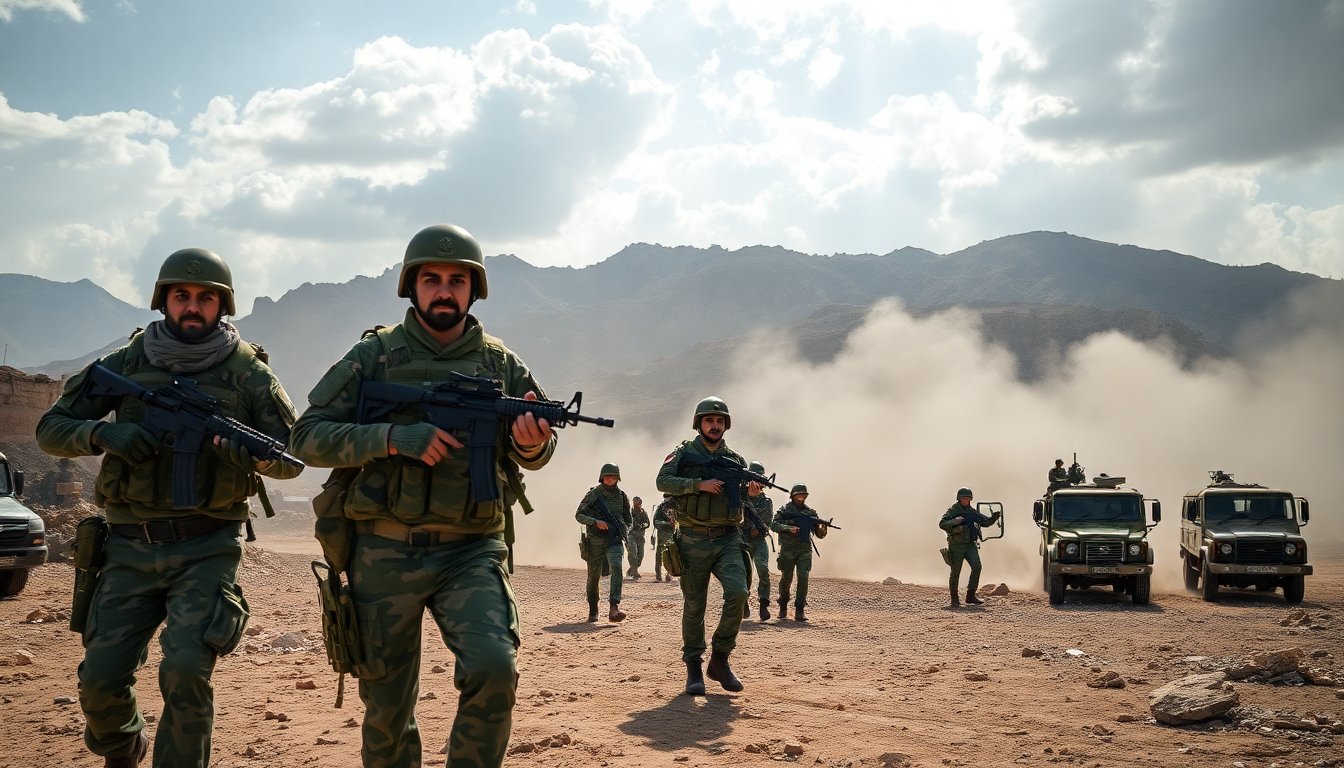Table of Contents
“`html
The geopolitical landscape of South Asia faces increasing strain, particularly following the Taliban’s resurgence in Afghanistan. This tension has recently escalated into violent clashes along the Afghanistan-Pakistan border, raising serious concerns about regional stability. Reports indicate that both nations have suffered significant military losses, heightening fears of a broader conflict.
These border skirmishes are not isolated events but part of a persistent conflict that has endured for years. With each exchange of fire, the stakes rise, and the risk of a more extensive confrontation looms. Understanding the roots and implications of these clashes is crucial for grasping the ongoing dynamics in this volatile area.
Current events and military engagements
In the early hours of a recent night, gunfire erupted along the border, resulting in one of the most lethal confrontations since the Taliban regained control of Kabul. Eyewitness accounts and military sources suggest that dozens of soldiers from both sides were killed during this conflict. The violence underscores a significant breakdown in communication and cooperation between the two governments.
Impact on civilian populations
The implications of military actions extend beyond the combatants; civilian lives are often caught in the crossfire. Local populations frequently face displacement, and the humanitarian situation deteriorates rapidly following such encounters. Communities near the border contend with the dual threats of violence and instability, making their everyday lives increasingly precarious.
Historical context of border disputes
To fully comprehend the significance of these clashes, it is essential to examine the historical context shaping the Afghanistan-Pakistan border. This region has long been a flashpoint for conflict, with both countries holding differing views on territorial claims and governance. The Durand Line, established during British colonial rule, remains a contentious issue, complicating ethnic and political dynamics due to the many Pashtun communities straddling the border.
Since the Taliban’s takeover, Afghanistan’s internal governance has faced challenges from various factions, complicating relations with Pakistan, which has its own political interests in the region. The recent hostilities reflect these underlying tensions, where local grievances, international politics, and historical animosities converge.
Potential for future conflicts
As both nations navigate their military and political challenges, the potential for further violence remains ever-present. Each border clash serves as a reminder of the fragile peace in place and the underlying factors that could ignite more serious confrontations. Analysts warn that without effective diplomacy and conflict resolution mechanisms, the situation could spiral out of control, potentially destabilizing the entire region.
The recent border clashes between Afghanistan and Pakistan underscore the precarious nature of peace in South Asia. The loss of life and the suffering of civilians highlight the urgent need for both governments to engage in meaningful dialogue and seek pathways to de-escalation. The international community’s role in facilitating such discussions could be vital in preventing further violence and fostering stability in this historically tumultuous region.
“`


